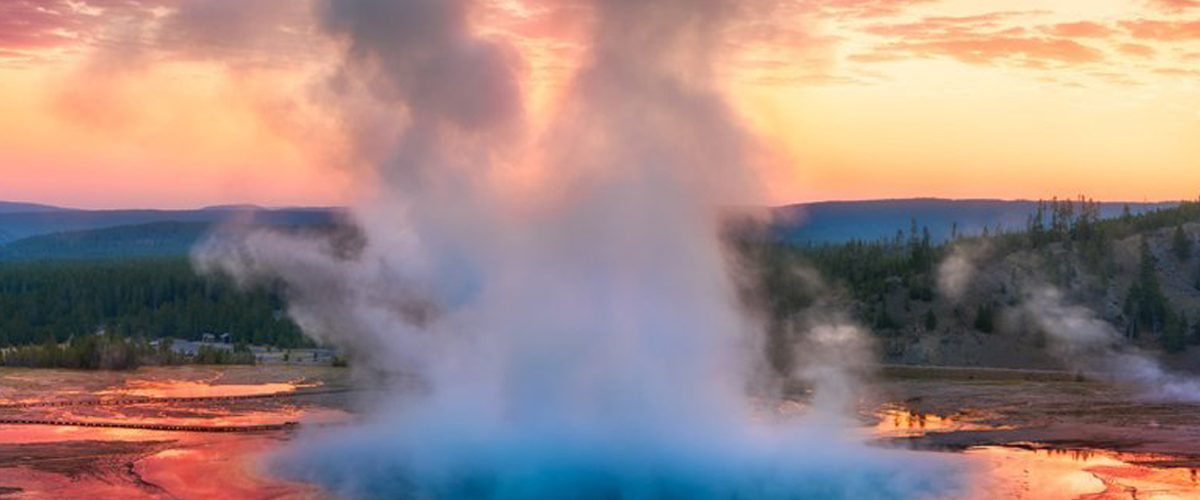July seemed like a pretty shaky month for Yellowstone National Park, which has reported over 1,000 minor quacks in a single month, according to the U.S. Geological Survey. IT is the highest number of earthquakes reported at the national park since June 2017. Most of the tremors were a part of seven different “swarms”. A swarm is a series of minor quakes that happen back-to-back for a short period. The largest was a magnitude 3.6 on July 16. The University of Utah Seismograph Stations monitors and analyzing the quacks in this region.
Yellowstone is a known seismically active region in the U.S. and gets hit usually by 700 to 3,000 earthquakes in a year. The biggest of which was of magnitude 7.3 in 1959 at Hebgen Lake in Yellowstone.
Thankfully, the earthquakes haven’t signed any super volcano activity underneath. The report suggests that “While above average, this level of seismicity is not unprecedented, and it does not reflect the magmatic activity. If magmatic activity caused the quakes, we would expect to see other indicators, like changes in deformation style or thermal/gas emissions, but no such variations were detected.”

Scientists at the U.S. Geological Survey’s (USGS) Yellowstone Volcano Observatory pooh-pooh the worrisome thoughts of the locals by explaining that the quakes result from motion on the preexisting faults underneath the park, that can even be stimulated by melting snow, due to rise in the groundwater levels and increasing pressure below the ground.
The reason behind Yellowstone being so shaky is that it sits on top of a network of fault lines, linked to a giant volcano, deep underground. The science behind earthquakes and fault lines is that, as the region’s fault lines stretch apart, and as magma, water, and gas move beneath the surface, the earthquake occurs. It also results in geysers and steamy hot springs that are found abundantly in the park.
The last time the Yellowstone volcano has erupted, was 725,000 years ago. And according to this calculation, the park is due for another super eruption in about 100,000 years.
This could choke all the U.S. Jamie Farrell, a Yellowstone expert and assistant research professor at the University of Utah said, “Are we all going to die if Yellowstone erupts? Almost certainly the answer is no.” He said, that “We would have a good idea that magma is moving up into the shallow depth. The bottom line is, we don’t know when or if it will erupt again, but we would have adequate warning.”
















Add comment